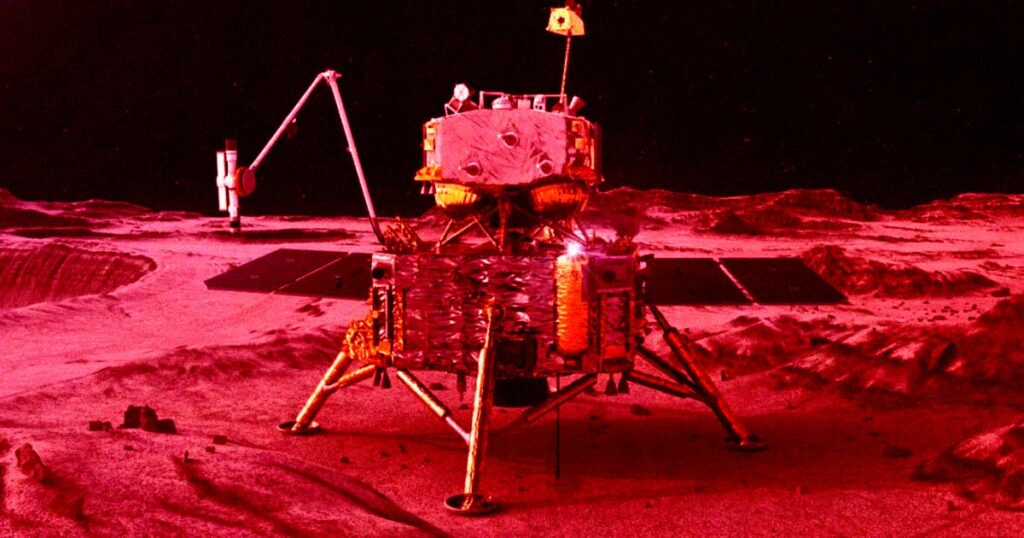Moon canoe
While examining the treasures collected by China’s Chang’e 5 mission to return lunar samples, scientists made a fascinating discovery.
Tiny glass beads brought back by the lander in late 2020 suggest the moon could still be volcanically active todaywith the last eruption estimated to have occurred 123 million years ago.
Although that may seem like a lot, it is only a small thing in the Moon’s geological history, and much more recently than previously thought, which could upend scientists’ current understanding of the Moon’s evolution.
The findings could also shed new light on how small planets and moons can remain volcanically active for millions of years.
Bead it and cry
In 2014, observations were made by NASA’s Lunar Reconnaissance Orbiter suggested that volcanic activity on the moon may have gradually declinedSpecific rock deposits led scientists to speculate that the Moon may have been volcanically active less than 100 million years ago, around the time dinosaurs roamed the Earth.
The Chang’e 5 samples from China, the first lunar samples returned since the 1970s, provide the first physical evidence of recent and possibly ongoing volcanic activity on the moon.
As detailed in a paper published in the magazine Sciencescientists believe that only three of the 3,000 glass beads found in the samples were formed by a volcanic eruption. The rest, they believe, were more likely formed by an asteroid impact.
These surprising findings contrast with existing theories that the Moon had cooled enough by the time of the dinosaurs that the formation of these beads was no longer possible.
“These three glass droplets are the first physical evidence we have of anomalously recent volcanic activity on the Moon,” wrote Lionel Wilson, a professor at Lancaster University who was not involved in the research, in a piece for The conversationand added that “these findings could lead to a major revision of our understanding of how the Moon formed.”
“It should inspire a lot of other studies to try to understand how this could happen,” said Julie Stopar, a senior scientist at the Lunar and Planetary Institute, who was also not involved in the study. told the Associated Press.
More about the moon: Chinese scientists are working on a magnetic launch system to sling cargo from the lunar surface back to Earth







